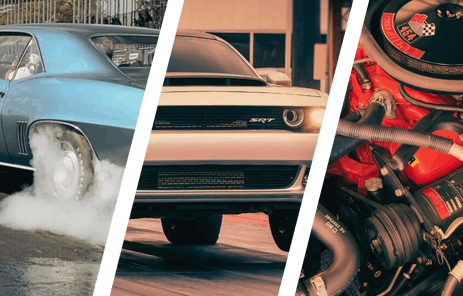
We constantly hear about the romanticism of the railways. How great it was to travel by train. Moving over long distances while reading a book, playing cards, or meeting new friends in the dining car as the scenery rushes by the window.

While much of the world still uses rail for travel, we Americans love our cars. There’s nothing more passionate than driving our cars from state to state. Let the Europeans treasure the eco-friendly, and budget-sensitive, railroad cars while we bask in our personal couples. There is a way to merge both of these lifestyles into one super endeavor: Rail inspection.
Rail inspection is the practice of examining rail tracks for flaws that could lead to catastrophic failures. Track defects are a leading cause of accidents on railways in the United States. Many rail inspections traditionally have been, and are still done visually, with rail inspection vehicles.

We found a great photo exposé on the All Things Vintage Facebook page. Railway motor cars, also referred to as track maintenance cars, crew cars, quads, trolleys, or inspection cars, sometimes used street vehicles modified for the task of driving on the tracks.
Many of these street vehicles were outfitted with removable flanged wheels that would allow them to travel on the rails when needed, or drive on the streets and access roads when required. These were typically called “hi-rails” which was short for highway-railroad.
While purpose-built rail cars exist, we are attracted to the converted vehicles that operate on both rail and conventional road. In addition to these maintenance vehicles, there were many attempts to manufacture or adapt buses or coaches that could operate on roads and railway tracks. None of these were very successful, but the thought is pretty inviting.
Unfortunately, many of these hi-rail vehicles, especially those used for inspection purposes, have been involved in serious accidents over the years. Fatal injuries and other serious incidents have led to discussions on minimizing the use of these types of vehicles, which in our opinion would be a great disservice to the industry. There may be a few of these great vehicles left, but most have disappeared and have been lost to days gone by.
You might also like
Hurricane-Powered Ram Pickup First In The 8s!
Evans' elapsed time was an insane 8.89.3 at 149.10 mph with a 1.602 60-ft. time. You can almost hear the HEMI guys crying









